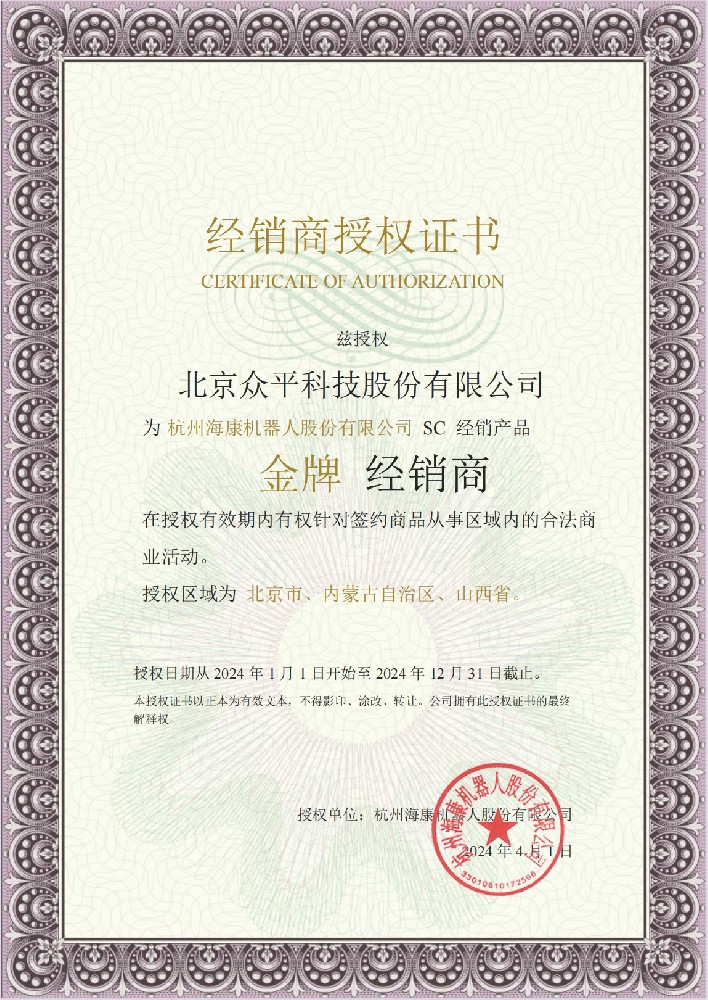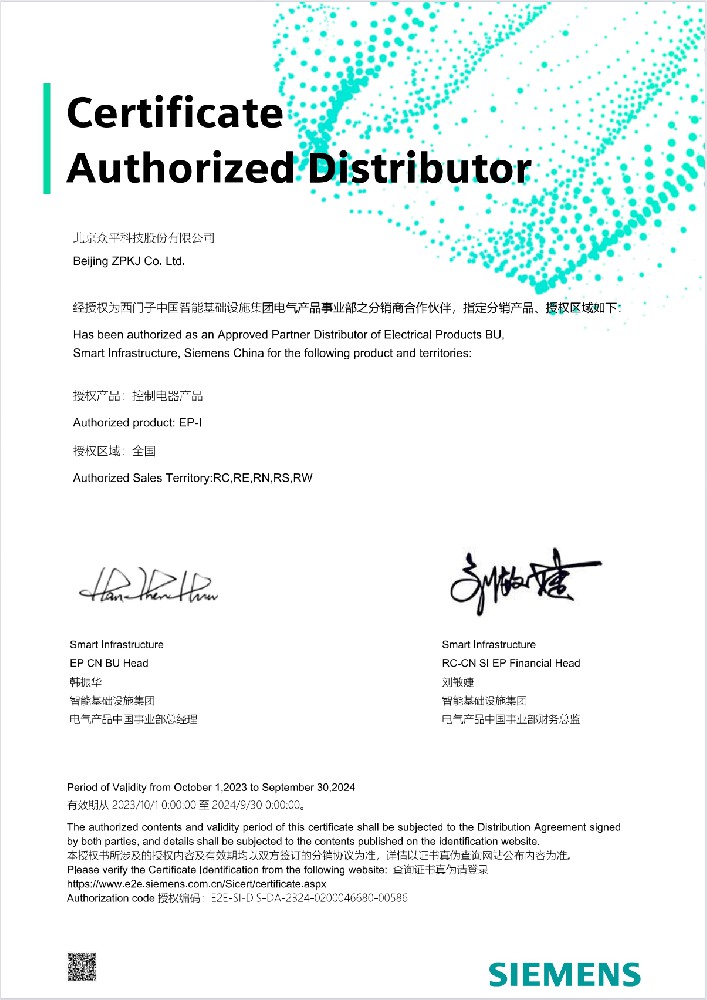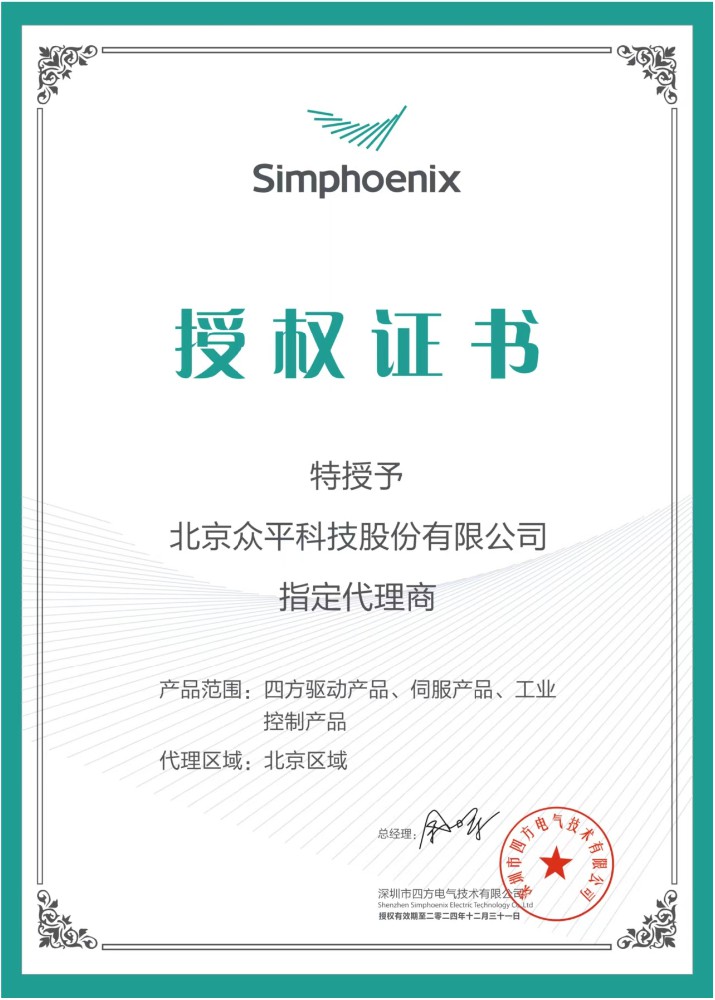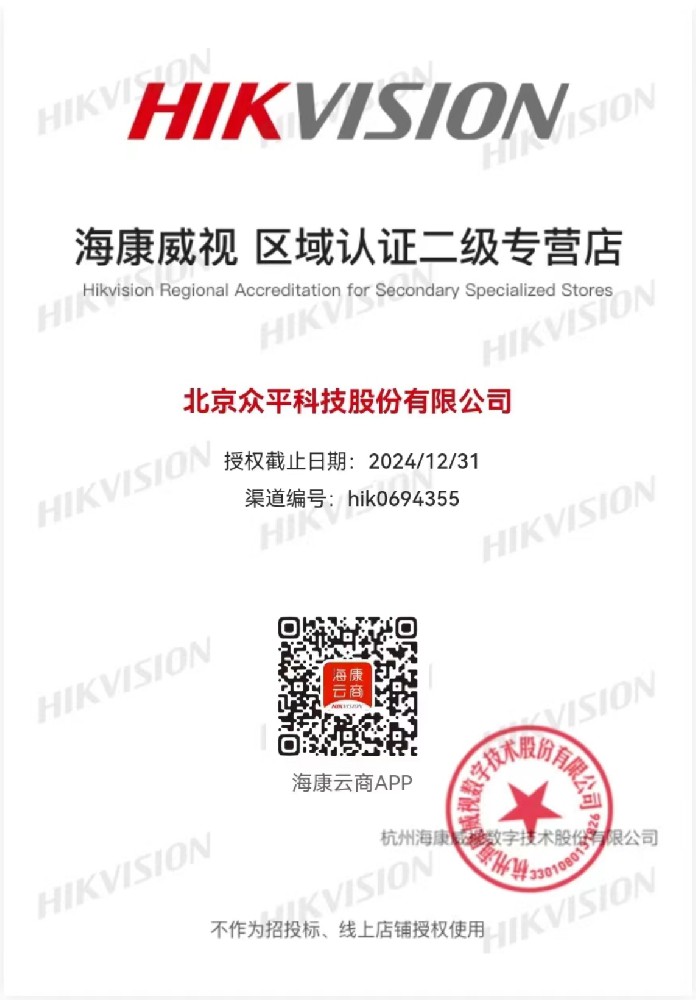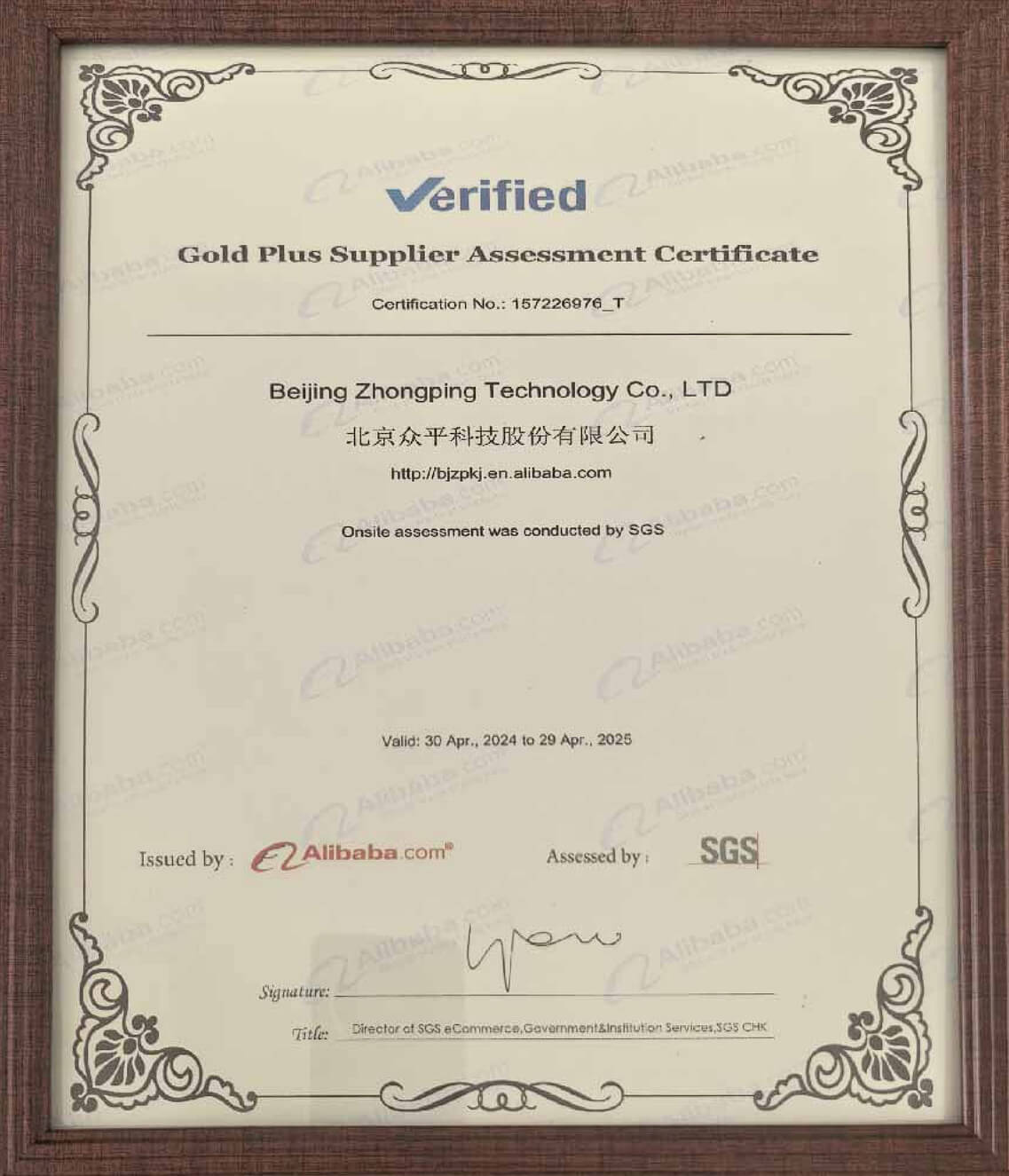The FUJI FRN315G1S-4C inverter is part of the FRENIC-MEGA series, known for its high performance and versatility. It operates in a 380V voltage environment with a rated vfd power of 315KW, offering precise vfd speed control for high-power converter. This inverter is widely used in various industrial applications, such as large conveyor systems, fans and pumps.
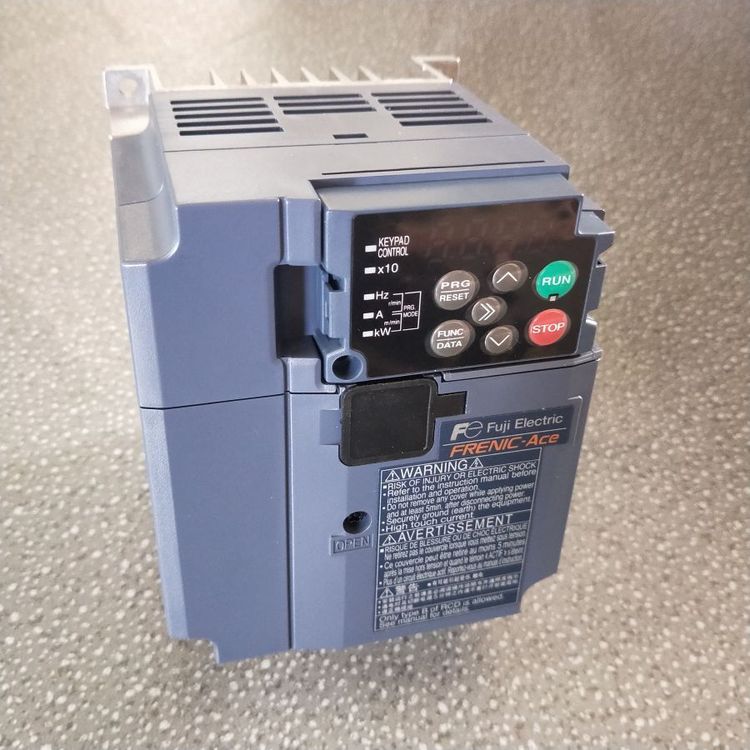
Product Details
Product Parameters:
Rated Power: 315KW, suitable for driving high-power vfd converters.
Power Supply Voltage: 380V, compatible with standard industrial voltage environments.
Rated Current: 585A (HD), ensuring stable operation under high load conditions.
Output Frequency Range: 0.1-400Hz, providing a wide vfd speed control range to meet different load requirements.
Control Methods: Supports various control methods including sensorless vector control, vector control with speed sensor, and V/f control, offering diverse control strategies for different applications.
Communication Interface: Equipped with a standard RS485 interface, supporting multiple industrial network protocols such as Modbus-RTU, facilitating communication with PLCs, PCs, and other devices.
Product Features:
High-Performance Vector Control: Utilizes advanced vector control technology to achieve high-precision speed and torque control, ensuring stable vfd converter operation even without sensors.
Strong Overload Capacity: The HD specification allows for 200% overload capacity for 3 seconds, handling sudden high-load impacts effectively.
Rich Functional Configuration: Includes features such as automatic energy-saving operation, brake transistor failure detection, and brake signal, meeting diverse industrial application needs.
Easy Maintenance: Built-in USB interface for convenient data control using FRENIC loader; key components like the main circuit capacitor, electrolytic capacitor, and cooling fan have a design life of up to 10 years, reducing maintenance costs and cycles.
Strong Environmental Adaptability: Complies with European EMC directives, capable of operating in ambient temperatures from -10°C to +50°C, suitable for various harsh industrial environments.
Application Scenarios:
Large Conveyor Systems: Used in industries such as logistics, mining, and ports to control the start, stop, and speed adjustment of large conveyor belts, enhancing production efficiency and stability.
Fan and Pump Control: Used in HVAC, water treatment, and chemical industries to adjust the speed of fans and pumps, achieving energy savings and consumption reduction.
Machining Equipment: For large machine tools, drilling machines, etc., precise vfd speed control improves machining accuracy and product quality.
Usage Instructions:
Installation and Wiring:
Installation Environment: Choose a well-ventilated, dust-free, non-corrosive gas environment for installation, avoiding high temperature, high humidity, or strong electromagnetic interference environments.
Installation Method: Ensure vertical installation of the inverter for effective heat dissipation. Use appropriate fixing methods to avoid vibration affecting the equipment.
Wiring Requirements: Follow the wiring diagram in the product manual strictly, ensuring correct connections of power lines, signal lines, and motor lines. Use cables of appropriate specifications for power lines and ensure correct phase sequence.
Grounding Protection: Ensure proper grounding of the equipment, complying with national and local electrical safety standards.
Parameter Settings:
Basic Parameter Settings: Include motor parameters, control methods, frequency range, etc., set according to actual application needs. For high-precision control applications, choose vector control mode.
Advanced Function Configuration: Such as PID control, multi-speed control, etc., configure according to specific application scenarios to achieve more complex control functions.
Maintenance and Inspection:
Regular Inspection: Check the inverter's appearance for damage, dust accumulation on heat sinks, and normal operation of the fan. Regularly clean dust from heat sinks and fans to ensure smooth operation of the cooling system.
Parameter Verification: Regularly verify the inverter's parameter settings to ensure they match actual application needs.
Fault Diagnosis: When a fault occurs, promptly check the fault code and follow the troubleshooting guide in the manual for diagnosis and resolution.
Precautions:
Environmental Conditions: Avoid using the product in high temperature, high humidity, or strong electromagnetic interference environments to prevent performance and lifespan impacts.
Power Requirements: Ensure stable vfd power supply voltage, avoiding voltage fluctuations that could damage the inverter. After a power outage, wait a certain period before re-powering to avoid equipment damage.
Safety Operation: Avoid contact with live parts during operation to ensure operator safety. During maintenance and inspection, power must be cut off, and capacitors must be fully discharged.
Common Issues FAQ:
How to Perform Motor Auto-Tuning with the Inverter?
Importance of Auto-Tuning: Auto-tuning ensures the inverter matches the motor, improving control accuracy and system stability. Set vfd converter nameplate parameters first, including motor power, rated voltage, and rated current.
Auto-Tuning Process Precautions: During auto-tuning, the inverter injects current into the motor. Ensure correct motor-inverter connection and that the inverter is ready. The motor must be stationary to avoid damage during auto-tuning.
Post Auto-Tuning Effects: After auto-tuning, the inverter adjusts control parameters based on actual motor parameters, achieving optimal operation. This enhances system response speed and control accuracy, meeting high-precision control needs.
How to Configure the Inverter's Communication Interface?
Communication Interface Type: The FRN315G1S-4C inverter has a built-in Modbus-RTU protocol, supporting RS485 communication interface. Choose the appropriate interface based on actual needs.
Communication Line Connection: Ensure correct connection of communication lines. Use shielded cables and ensure proper grounding of the shield to reduce electromagnetic interference.
Communication Parameter Settings: Set the inverter's communication address, baud rate, data bits, stop bits, etc., according to the communication protocol requirements. Ensure consistency with the host computer's communication parameters for reliable communication.
How to Select the Inverter's Power Range?
Selection Based on Load Demand: Determine the inverter's power range based on the motor's actual load. For light loads, choose an inverter matching the motor's rated power; for heavy loads or high starting torque needs, choose a slightly higher vfd power inverter.
Considering Safety Factor: Consider the system's safety factor when selecting the power range. It's recommended to choose an inverter slightly larger than the motor's rated power to handle load fluctuations and emergencies.
Overload Capacity: The FRN315G1S-4C inverter has a certain overload capacity, handling loads exceeding rated power for short periods. However, long-term overload affects the inverter's lifespan and performance, so avoid long-term overload operation when selecting the power range.
What is the Inverter's Cooling Method?
Cooling Method: Uses forced air cooling with a built-in cooling fan.
Installation Requirements: Ensure sufficient space around the inverter for air circulation during installation. Avoid installing the inverter in enclosed or poorly ventilated environments to maintain effective cooling.
Maintenance: Regularly clean dust from the fan and heat sinks to prevent overheating. Check the fan's operation and replace it if necessary.
How to Avoid Electromagnetic Interference with the Inverter?
Built-in Filter: The inverter has an EMC filter, complying with electromagnetic compatibility standards, effectively suppressing electromagnetic interference.
Wiring Precautions: Avoid placing signal lines close to power lines during wiring to reduce electromagnetic interference. Use shielded cables for signal line connections and ensure proper grounding of the shield.
Grounding Measures: Good grounding is crucial for reducing electromagnetic interference. Ensure proper grounding of the equipment, complying with national and local electrical safety standards.
What Protection Functions Does the Inverter Have?
Overload Protection: The inverter automatically reduces frequency or stops operation when the motor load exceeds the rated value, protecting the motor and inverter.
Overheat Protection: The inverter has internal temperature sensors, stopping operation when the temperature exceeds the set value to prevent damage from overheating.
Overvoltage and Undervoltage Protection: The inverter stops operation when the vfd power supply voltage is too high or too low, protecting the equipment. It also has short-circuit protection and phase loss protection, ensuring system safety.
How to Perform Regular Maintenance on the Inverter?
Appearance Inspection: Regularly check the inverter's appearance for damage or abnormalities, such as cracks in the casing or loose screws.
Cooling System Maintenance: Clean dust from the fan and heat sinks regularly to ensure proper cooling. Check the fan's operation and replace it if necessary.
Electrical Connection Inspection: Check the connections of power and signal lines for firmness, ensuring good contact. Also, check the motor's operation status for abnormalities and address them promptly.
What Should be Noted During Inverter Installation?
Installation Location: Choose a well-ventilated, dust-free, non-corrosive gas environment for installation, avoiding high temperature, high humidity, or strong electromagnetic interference environments.
Installation Method: Ensure vertical installation of the inverter for effective heat dissipation. Use appropriate fixing methods to avoid vibration affecting the equipment.
Power Connection: Ensure the vfd power line specifications meet requirements and correct phase sequence during power connection. Also, ensure proper grounding of the equipment.
How to Choose the Inverter's Control Mode?
Selection Based on Application Needs: For high-precision vfd speed control applications, choose vector control mode; for general constant-speed control applications, choose V/f control mode.
Control Mode Characteristics: Vector control mode offers high-precision speed and torque control, suitable for applications with high control accuracy requirements. V/f control mode is simple and easy to use, suitable for general constant-speed control.
Parameter Settings: After selecting the control mode, set parameters according to specific application needs to achieve the best control effect.
How to Set the Inverter's Frequency Setting Channel?
Frequency Setting Methods: Frequency can be set via the inverter panel, external analog signals, or digital signals. Choose the appropriate frequency setting method based on actual application needs.
Signal Source Requirements: Ensure the stability and accuracy of the signal source when setting the frequency setting channel. For example, when using external analog signals for frequency setting, ensure signal stability and interference resistance.
Parameter Configuration: Configure parameters according to the chosen frequency setting method. For example, for external analog signal setting, set the input range of the signal and the corresponding frequency range.
FAQ
1.Who are We?
Beijing Zhongping Technology Co., LTD., is a one-stop integrated service provider of intelligent manufacturing, belongs to the Gong Doctor Group, is a scientific research, design, marketing, technical services, industrial Internet, international import and export services as one of the science and technology companies.
2.What can you buy from us?
PLC, inverter, human-machine interface, hydraulic products, low-voltage power distribution, industrial robots and core components
3.Is the item in stock or need to be purchased from another supplier?
We have a large inventory of goods and have our own warehouse.
4.What advantages do we have over other suppliers?
Our company has a large amount of inventory and a number of warehouses, but also in the country's important industrial provinces and cities with offices and a number of overseas service points. To provide you with intelligent manufacturing one-stop comprehensive services, save efforts, labor and cost.
5.Can you provide 100% new original authentic products?
We only sell new original genuine, no renovation, no fake, only for the original factory original!
6.How long is the delivery time?
If there is a stock, it will take 2-3 working days to ship, if the quantity is large, it will take 5-7 working days after receiving the payment, if it is not a conventional model, it will take some time, we will inform you of the specific delivery time.
7.Is there technical support available?
Of course, we have a professional technical team that can help you solve technical problems.
8.How do we guarantee quality?
We have three processes to control the quality of goods.
1). Our engineers will inspect the production and quality control in the factory regularly.
2) Incoming materials shall be inspected by experienced purchasing engineers before they can be stored.
3). At least 2 people in the logistics department cross-check the goods to be sent before delivery.
9.Can you guarantee the safe and reliable delivery of your products?
Yes, we strictly adopt the international standard packing. We also use special packaging for dangerous goods, and refrigerated shipping for items with temperature requirements. Special item packaging and general cargo standard packaging requirements may incur additional costs.
10.How about the freight?
The cost depends on how you choose to get the goods. Express is usually the fastest but also the most expensive way. Sea freight is the best solution for large quantities of goods. The exact shipping cost depends on the purchase amount、quantity and weight of your order. Please feel free to contact us for more information.


 010-64225983
010-64225983 +8613811814778
+8613811814778 info@zhongpingtech.com
info@zhongpingtech.com Building 26, Liyuan Community, Chaoyang District, Beijing, China
Building 26, Liyuan Community, Chaoyang District, Beijing, China